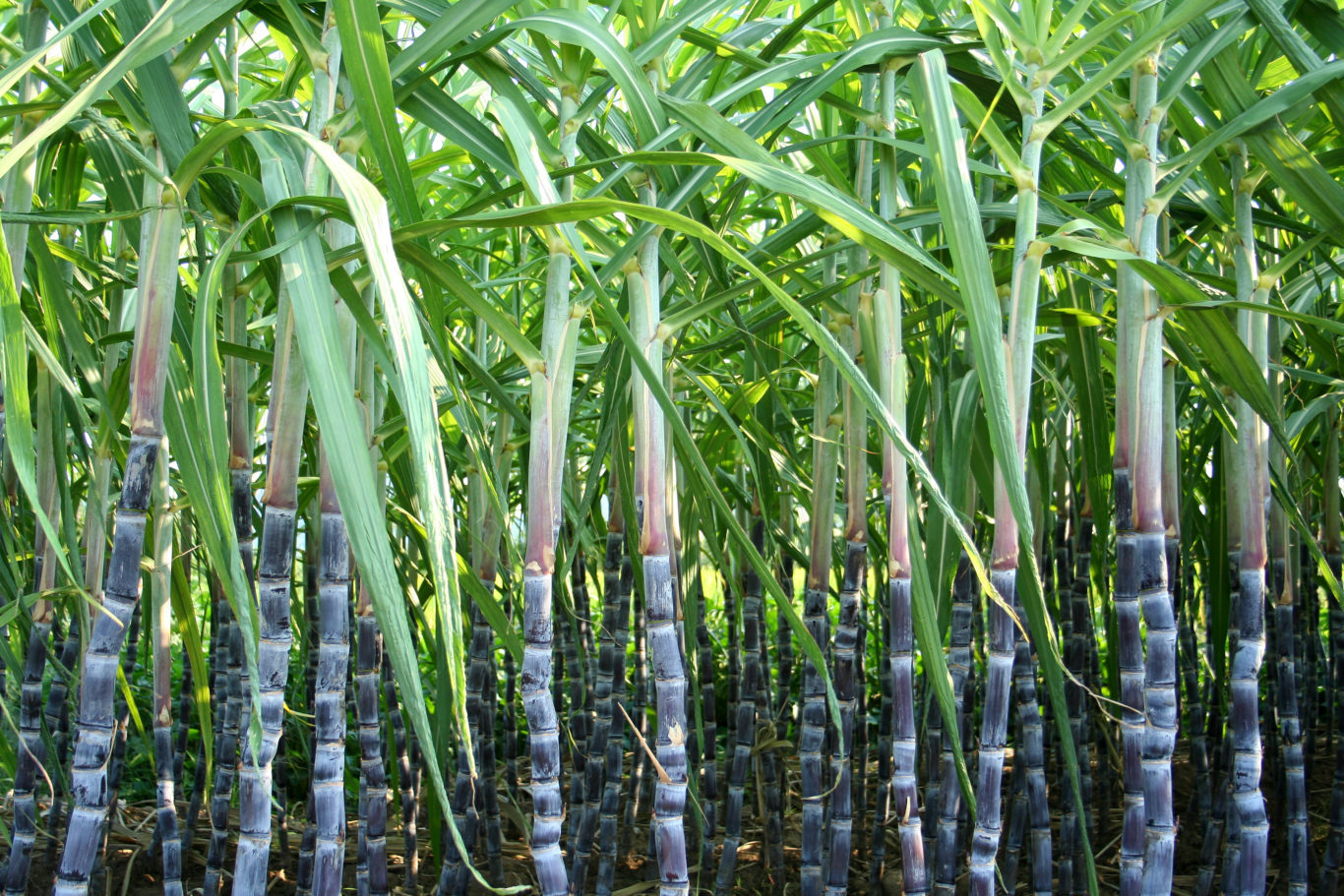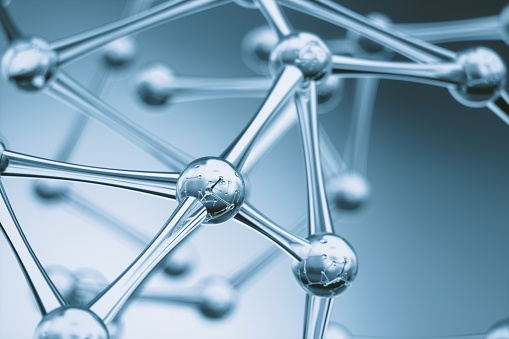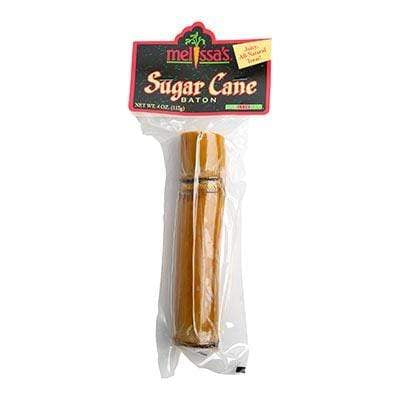The Rich History and Origins of Sugar and Cane Around the World
The Rich History and Origins of Sugar and Cane Around the World
Blog Article
Why Walking Stick Sugar Handling Chemicals Are Vital for Modern Sugar Refining
The duty of walking stick sugar handling chemicals in modern sugar refining can not be overstated, as they are indispensable to boosting both the effectiveness of removal and the general high quality of the end product. Agents such as phosphoric acid and details flocculants are utilized to get rid of impurities, leading to sugar that not just fulfills consumer assumptions however additionally complies with market standards. However, the implications of these chemicals expand beyond quality, touching upon market dynamics and ecological factors to consider. This increases essential concerns regarding the sustainability of such practices and their impact on the future of sugar manufacturing.
Role of Processing Chemicals
The effectiveness of cane sugar handling pivots considerably on the tactical application of handling chemicals. These chemicals play a pivotal duty in improving the effectiveness and high quality of sugar removal and refining. From the initial phases of juice extraction to the last purification actions, processing chemicals facilitate different important operations.
In the extraction stage, chemicals such as phosphoric acid and calcium hydroxide are employed to enhance the information procedure, helping to eliminate pollutants and suspended solids from the walking stick juice. This not only improves the return yet likewise ensures the clearness of the end product. In addition, representatives like flocculants help in the fast settling of contaminations, consequently improving the general procedure.
As the processing advances, chemicals are made use of in decolorization and formation stages. Triggered carbon and ion exchange materials offer to get rid of shade and smell, ensuring that the refined sugar meets customer high quality requirements. Ultimately, the duty of processing chemicals extends past functional effectiveness; they significantly affect the sensory qualities of the end product, contributing to market competition. Therefore, the careful selection and application of these chemicals are important for attaining ideal outcomes in cane sugar processing.
Secret Sorts Of Chemicals
Walking cane sugar processing depends on a selection of vital chemicals that promote each stage of manufacturing. These chemicals play necessary functions in clarifying, lightening, and cleansing the sugar removed from walking stick.
One key classification of chemicals includes flocculants, such as polyacrylamide, which help in the information procedure by promoting the gathering and settling of pollutants. Additionally, calcium hydroxide is typically employed to counteract level of acidity and aid in the removal of non-sugar parts.
Bleaching agents, such as triggered carbon and sulfur dioxide, are utilized to decolorize the syrup, leading to a more clear end product. These chemicals aid remove shade substances that might impact the sugar's appearance and bankability.
Additionally, phosphoric acid serves as a pH regulatory authority throughout the handling stages, making certain ideal problems for the chemical tasks involved in sugar extraction and filtration.
Various other important agents include edta (ethylenediaminetetraacetic acid), which chelates steel ions that could catalyze unwanted reactions, and sodium hydroxide, which aids in pH control throughout the refining procedure. Jointly, these chemicals enhance performance and guarantee a top notch walking cane sugar product.
Advantages for Sugar Top Quality
Frequently forgotten, making use of certain handling chemicals dramatically improves the overall high quality of walking stick sugar. These chemicals play a critical duty in refining procedures, guaranteeing that the last product satisfies rigorous industry standards for purity and preference.

Additionally, refining chemicals aid in achieving a regular granulation and appearance, which are vital for customer acceptance. By managing the formation process, these chemicals make sure that the sugar crystals develop uniformly, bring about a more attractive item that liquifies well in different applications.
In addition, making use of these chemicals can enhance the shelf life of walking stick sugar by minimizing moisture absorption and microbial growth. Overall, the strategic application of processing chemicals is crucial for providing high-grade walking cane sugar that fulfills customer assumptions and sector demands.
Ecological Impact Considerations

Moreover, the energy-intensive nature of sugar refining, intensified by chemical usage, frequently results here are the findings in boosted carbon exhausts. This adds to climate change and increases concerns concerning the sustainability of existing refining techniques. Additionally, the sourcing of these chemicals might entail techniques that threaten biodiversity, such as monoculture farming, which lowers the strength of agricultural environments.

To alleviate these influences, sugar refiners are significantly checking out sustainable choices and adopting finest techniques that minimize chemical use. Executing strenuous ecological management systems can aid guarantee that the refining procedure straightens with environmental criteria and advertises biodiversity. Inevitably, a balanced technique that focuses on both sugar top quality and ecological stewardship is important for the long-term feasibility of the sugar market.
Future Trends in Refining
As the sugar sector faces the environmental obstacles linked with typical refining techniques, ingenious techniques view it now are emerging to boost both performance and sustainability. One considerable pattern is the fostering of eco-friendly chemistry principles, which prioritize using non-toxic, naturally degradable handling chemicals. This shift not only decreases ecological impact however likewise addresses customer demand for cleaner manufacturing techniques.
Another encouraging advancement is the execution of advanced filtering modern technologies, such as membrane separation and adsorption procedures. These methods boost the clarity and high quality of the sugar while lowering the volume of wastewater created throughout refining. Furthermore, the combination of digital modern technologies, including IoT and AI, is transforming functional effectiveness by enabling real-time monitoring and predictive upkeep, thus minimizing source waste.
In addition, using by-products from sugar refining, such as bagasse and molasses, is acquiring grip. These products can be transformed right into biofuels or value-added products, adding to a circular economic situation within the market. Collectively, these patterns signal a shift towards even more sustainable techniques that not only improve functional performance yet also straighten with global sustainability objectives, making sure the future practicality of sugar refining.
Conclusion
Walking stick sugar handling chemicals are crucial in contemporary sugar refining, significantly improving the efficiency and top quality of sugar removal. The tactical usage of these chemicals not just boosts the pureness and flavor of the last product yet likewise makes sure constant crystallization and texture. As the industry increasingly focuses on sustainability, the fostering of environmentally-friendly processing representatives is most likely to shape future patterns in refining, inevitably causing higher top quality products and extended service life for consumers.

Eventually, a balanced strategy that focuses on both sugar top quality and ecological stewardship is essential for the lasting feasibility of the sugar sector.
Cane sugar processing chemicals are crucial in modern-day sugar refining, dramatically improving the efficiency and high quality of sugar extraction.
Report this page